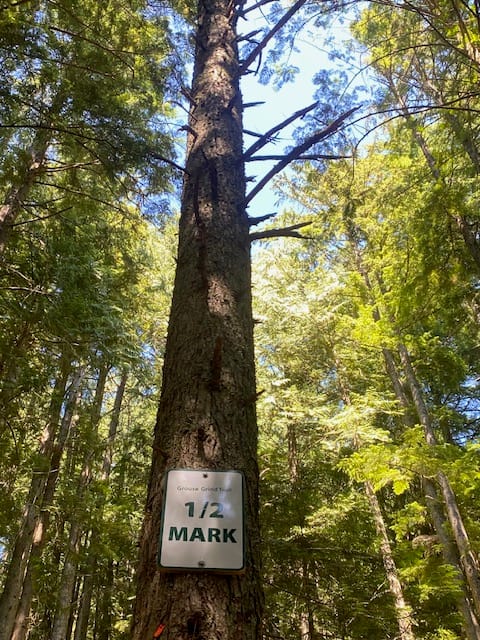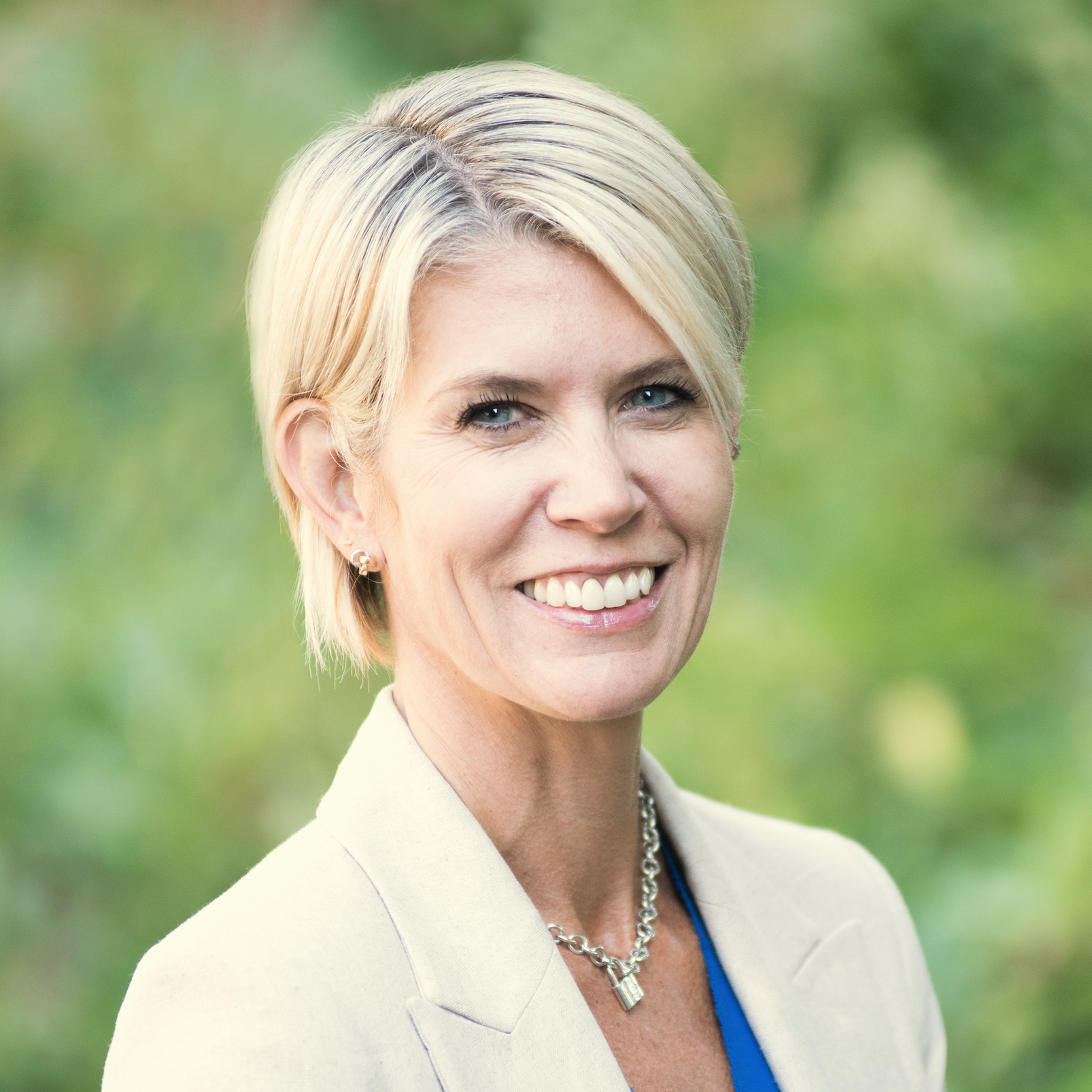This light mid-summer spin has been written with the intention of playfully deconstructing and repositioning the work day for joy-seeking educators. I want to be careful and straight forward, this is not a post promoting a 9-5 clock-in-clock-out mentality. I know our profession is not one that can easily be confined to what may be traditionally considered as a 9-5 work day. Public school educators are well known for their work ethic and commitment to serving students at all times. This is a critical aspect of service leadership that creates cultures of educational excellence. Let’s be clear - thriving, innovative, and joyful schools are built on a foundation of hard work and countless hours that extend well beyond the traditional school day to support students and families. At the same time, this spin is intended to inspire fresh thinking about conventional work models, in an era when public education relies on both joyful innovation, diligence, and enduring resilience.
As political dynamics continue to shape the educational landscape, intentionally nurturing resilience and joy is key to supporting both well-being and excellence. Authors Farley, Wilson, Vilhauer, Shareski, Kennedy, Zhao, and a host of others have been curious about the role of joy in schools for decades. Roberts and Appiah (2025) identify joy as a foundational yet often overlooked emotion essential to well-being and happiness. Their research examines the dynamics of joy in every day life and the profound effect on individual well-being. Often confused with happiness, joy is conceptually different. Joy is a mixed-emotional state that transcends happiness and sorrow. Joy has the power to strengthen social bonds and connections (Johnson, 2020), and some scholars see it as a powerful remedy for hatred and division (Emmons, 2019). Yet, joy continues to be an elusive concept in scholarly educational research. Its subjective and deeply personal nature, varying significantly from person to person, makes it difficult to define in clear, systematic, and research-based terms. Because joy is often overlooked in educational discourse, educational leaders find themselves in a space that some might describe as one of joy-seeking. If we acknowledge that cultivating joy within the culture of teaching and learning contributes to a more resilient, innovative, and high-performing education system (Omidire, Aluko & Mampane, 2021), then how might we support the pursuit of joy in education, especially within today’s shifting political landscape? In order to answer this, I think educators need to consider the sources of joy in their own lives. So, where do you find joy?
Joy, particularly through the activities of play that result from feeling joy, provides the individual with the opportunity to learn new cognitive and behavioral skills and forge new social relationships and skills, which enhances resilience to future obstacles or threats.
Johnson, 2019
Recently, a new source of joy in my life has emerged that always makes my dad smile. This new joy is country music, like real country music, not just the top 40 catchy cross over tunes but the classics of Johnny Cash, Willie Nelson, John Denver, Waylon Jennings and of course, Dolly Parton. While I can thank my girl friends from home for this discovery, the irony of this new joy is not lost those who know me well. Growing up, my father was well known for his love of country music, while I was known for treating it like an auditory assault, cranking my beloved yellow Sony Walkman to max volume in a desperate attempt to drown his tunes out. It is funny how things change as the years pass. Now my dad and I enjoy driving together with the country tunes blasting, talking about the classics, losing ourselves in the songs and stories. Through its emotional honesty and simplicity, the country music genre joyfully connects my dad and I in new, unexpected ways now in our later years.
So, what does this have to do with this spin? Between Dolly Parton’s 9 to 5, my father’s influence, and the relentless pace of the past school year, I find myself reimagining what work could look like in education. I think about how delicate joy is in our day-to-day work, and how important it is to encourage the evolution of thinking to help educators like myself continue to grow and stay grounded in the joys of our profession. Resiliency is not a nice to have, it is a core attribute that educators need to harness and protect. Resiliency builds capacity for joy, and joy is a form of resilience. When you feel joy, the resulting positive surge of emotions helps individuals cope with stress, recentre perspective and find mental space to persist. Strengthening the link between resilience and joy is vital to staying the course professionally.
Lately I've been finding joy in the simple things, like rolling down the windows and turning up those country tunes. It reminds me that joy doesn't have to be complicated. Country music has a way of telling the truth with a smile, messy heartbreak hope and everything in between. This isn't too far from grit, grace and messiness of educational leadership, a profession where we keep showing up and without a second thought go well beyond Dolly’s 9 to 5. If leadership had a soundtrack, I'm pretty sure it would be country and the following sections share my why.

Working 9-5?
I can't help but hear Dolly Parton's catchy, country-pop hit "Working 9-5" when I think about the parameters of what was once considered the work day. The 9-to-5 model emerged during the industrial era and became a midcentury standard in many Western economies, though it is important to note that work patterns vary widely across cultures and professions. 9-to-5 was positioned by the labour movement as "8 hours work, 8 hours rest, 8 hours for what we will" and the rhythm of the 24 hour clock was established in the 1940s. As the harsh working conditions of the industrial era were dismantled and post war recovery efforts continued in the mid-1900s, the 9-5 workday served as structure for shared community routines. Public transportation systems, retail and service industry hours, and school schedules were historically aligned with the conventional 9–5 workday, a structure that still continues in many areas today.
As schools continue to assume expanded roles in community and family lives, a fixed hour framework undoubtedly surpasses the traditional work day-week. An example of this can be seen in the rise of social media, where school-based educational leaders frequently find themselves managing a range of incidents that occur outside regular school hours. Matters occurring beyond regular school hours often spill into the realm of educator responsibility, encompassing student-related incidents, parental concerns, and other urgent situations. The blur between professional hours and the work day is pervasive, requiring additional considerations to ensure longevity and well-being in our profession.
Does the standard 9-5, Monday through Friday model work for all students? It’s another question worth pondering for anyone shaping the future of education. Our school district's alternative school and its dedicated team of educators are keeping the doors open throughout the summer to ensure supportive, educational connections remain intact. This real-time, real-life example from current public education which reflects our rethinking of the 9–5 model and the traditional ten-month school year. At the heart of this shift is a commitment to preserving human connection and ensuring strong organizational support is vital to sustaining this work. There are countless other promising practices from athletics to outdoor recreation programs that creatively and joyfully pushing the boundaries of the traditional 9-5 model in creative, joyful and healthy ways.
So, is the 9–5 model a fading construct in Canada’s top public school systems? I see this as a timely and worthwhile question, encouraging us to think critically and creatively as the new school year approaches.
Take this Job and...
While this might seem like a rather provocative or edgy subheading, it is intentional. Johnny Paycheck's 1977 tune is something we want to avoid at all costs in our profession. While the 9–5 construct may be feeling outdated in public education, it is crucial to find ways to protect educators from burnout and maintain healthy boundaries. Our work is precious, our mantra needs to be take this job and love it. Schools must be places of joy for our students and staff alike. Everyone deserves to enter our learning environments feeling a sense of success, support, and safety. To sustain the beautiful momentum of our work in public education, we must give one another permission to pause, recoup, and recover, so we can continue to serve with purpose and care.
Creative school districts are finding ways to ensure the profession doesn't become so all consuming. Dedicated educators do not shut off their minds and hearts once they leave the school building. They carry the ethic of care, compassion and professional responsibility as part of their individual identity. That being said, we must be mindful of the growing expectation of constant availability, which increasingly permeates our lives and can place a heavy burden on individuals. Recognizing the pressures educators face, many progressive school districts have, in recent years, adopted protective practices that nurture emotional balance and create space for decompression. Examples of this shift include designing collaborative, experiential learning opportunities and prioritizing interpersonal connection—zooming in on joy, creativity, and physical wellness. In our school district, Just For Fun (JFF) events like hikes, walks, running clubs, “Appy Hour,” pickleball games, and other physical activities have emerged as professional connective threads, weaving together a culture of movement and human connection. Simple practices like scheduling walk-and-talk meetings infuse fresh air and physical activity into the workday and is a no-cost game changer for both professional well-being and productivity. Our Human Resources team offers virtual wellness events, making them accessible during the commute home or after hours, tailoring to individual preferences. These creative and compassionate offerings continue to grow, helping educators recentre themselves and stay energized to continue the work they care deeply about.

On the Road Again
Dare I say it, for Canadian educators, we’ve officially reached the halfway point of summer 2025. Now is the time to intentionally disrupt the grind before it takes hold. Doing so is essential to sustaining our well-being and sense of purpose as we think about the work ahead. On the first afternoon of my holidays this past week, I left the office and decided that hiking the Grouse Grind would be the perfect way to kick off summer. Country music in my AirPods had me feeling ready to go but admittedly for the first quarter of the grind, I got caught in a loop of self-doubt, wondering why I’d chosen this as the way to start my summer. I had to intentionally stop the grinding of my mind and decided that at each marker, one-quarter, halfway... it was up to me to choose to focus on how far I had to go or how much I had already accomplished. In that dusty moment on the hot trail, with Eric Church's Springsteen blasting, something shifted and joy began to quietly make its way in. I leaned into the climb, using it as a metaphor for my own resilience, grounding myself in gratitude for being physically able and mentally willing to take it on. I made a conscious choice not to look back, but to keep moving forward, trusting that the view from the top would well worth it. It became both a physical and mental reset, a somewhat brutal, yet effective, way to shift into summer mode.
As I climbed I found myself thinking about the hundreds of trees surrounding me and a little "Dolly-ism" snuck into my mind. Her wise words “Storms make trees take deeper roots” brought a smile to my face as I reflected on the past year’s journey and the exciting, challenging work ahead in public education. Any honest working professional will admit that some aspects of full time employment can be grinding. There are aspects of education that require repetition, lock-step procedures and working to completion. There are moments in our professional lives that are soul sucking where the clashing of values can leave us feeling heart-heavy and confused. When these realities overcome opportunities for joy and creativity, professionals run the edge of hitting the grindstone. This is when things get missed, opportunities for infusing joy slip by and negativity can take over. Educators can learn to recognize when they’re caught in thought traps, those moments when negativity begins to cloud perspective. By intentionally creating organizational and professional space to reset, and choosing positivity, optimism, and gratitude, we can help each other steer clear of the grindstone, restore clarity and build the resilience needed to keep moving forward. To sustain high performing, educationally excellent and joyful schools we must cultivate professional cultures that support hard work, welcome honest dialogue, and prioritize personal wellness.
Growing up and Getting Old
Just as country music continues to evolve with each new generation, modern workplaces must adapt to the new rhythms of technological and cultural change. 9-5 workdays are taking new shapes and require creative considerations for those who go above and beyond the standard work week. Sustaining excellence in Canadian public education requires a dual commitment: embedding joy into professional life and ensuring systems are in place to buffer the demands of the work.
As Luke Combs wisely puts it, 'It's when you start thinking how much time left you got, if there's more sand in the bottom or the top,' you begin to truly grasp how precious the hourglass of life is. The reasons for prioritizing wellness in the workplace are compelling and critical, especially in education, where the responsibility of caring for children and youth makes it essential to consider the preciousness of time and the sustainability of the profession. How we spend our hours matters. How we build schools to be happy places where joy surges matters. How we care for each other professionally and personally matters.
I hope you choose joy and dare to challenge the rhythms that no longer serve us, making space together for something better. There is no shortage of hard work ahead in public education, there are no shortcuts on the path to excellence. But for now enjoy the summer sun, roll down the windows, blast those country tunes, and see what happens when you choose joy.




